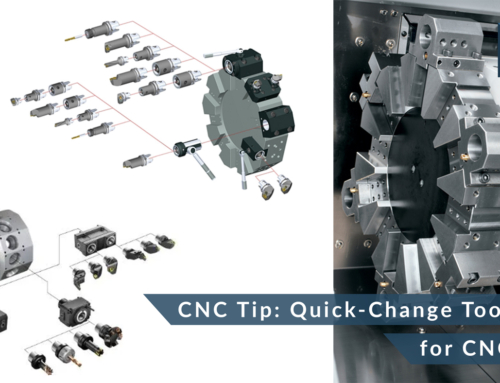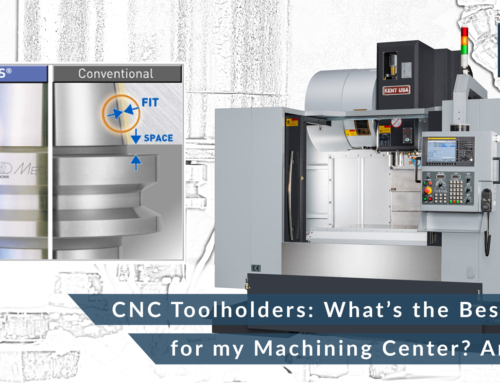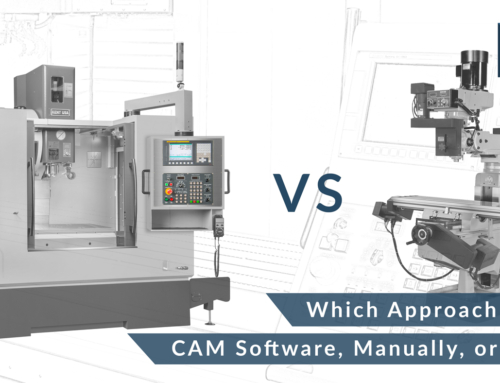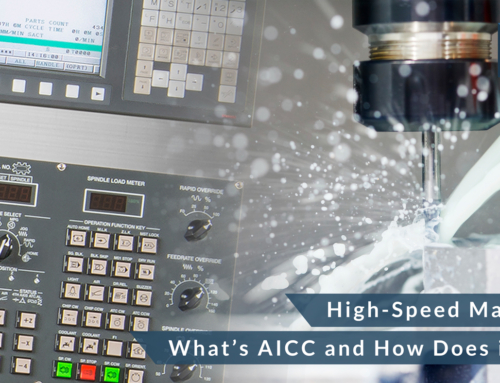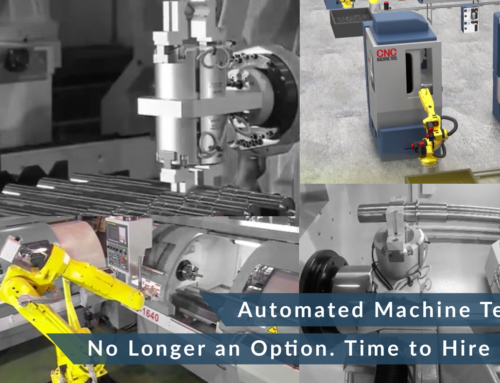Feeding’s Faster: Three Reasons to Avoid Slugging
In the previous blog post, I offered four good reasons to save yourself some hard-earned cash and skip the bar feeder on your next lathe purchase. These include floor space, material waste, spindle speed limitations, bar preparation, and the not-insignificant cost of the bar feeder (I guess that’s five reasons). Here’s the other side of the story:
- Kent Industrial offers a wide assortment of CNC lathes, all of which have generous spindle capacities—even our smallest model, the KLR-200, has a through hole of 62 mm (2.44-inches). In this example, bar feeders allow an equally wide assortment of parts to be turned (or turn-milled, in the case of Kent’s KLM-series live-tool and sub-spindle lathes) without the need for a robot or operator to load and unload parts.
- It’s true that sawed blanks are easier to handle than bar stock and generally allow for higher spindle speeds, but this argument begins to lose weight with smaller workpieces. For anything under 1-inch or so in diameter and perhaps three times that in length, it’s darned hard to compete with a good bar feeder. Just be sure the spindle is lined properly (to avoid bar whip), the bars are straight and clean, and the bar feeder is properly aligned with the lathe.
- If you do decide to order a bar feeder, don’t forget the control interface. They’re not terribly expensive, but it’s a good idea to have the factory or dealer install it, rather than afterwards, when you’re likely going to pay a bit more for a field installation. That same statement is especially true for the parts catcher, which usually requires that a hole be cut in the front door of the machine so you can get the parts out. And be prepared to drill some concrete—both bar feeder and lathe should be bolted securely to the floor to prevent movement (yes, that seemingly immovable lathe will begin to creep across the floor if you don’t).
Length of Bar Feeder
Lastly, be sure to do your homework on the style of bar feeder you’re going to invest in. As mentioned in the previous post, “shorty” bar feeders use less floor space, but at the cost of additional stock lost to bar remnants, an important consideration when turning expensive materials. Full-length bar feeders are the clear choice for the smaller bars just discussed, but the floor space can be a killer, and you might need to also invest in some hearing protection since 12-foot bars spinning at several thousand RPM can make quite a racket.
And don’t forget that either style of bar feeder can be purchased as an autoloader, which as you can guess from the name allows multiple bars of material to be loaded into the device for unattended machining. They’re more expensive by far, but with the right job can pay for themselves quickly.


